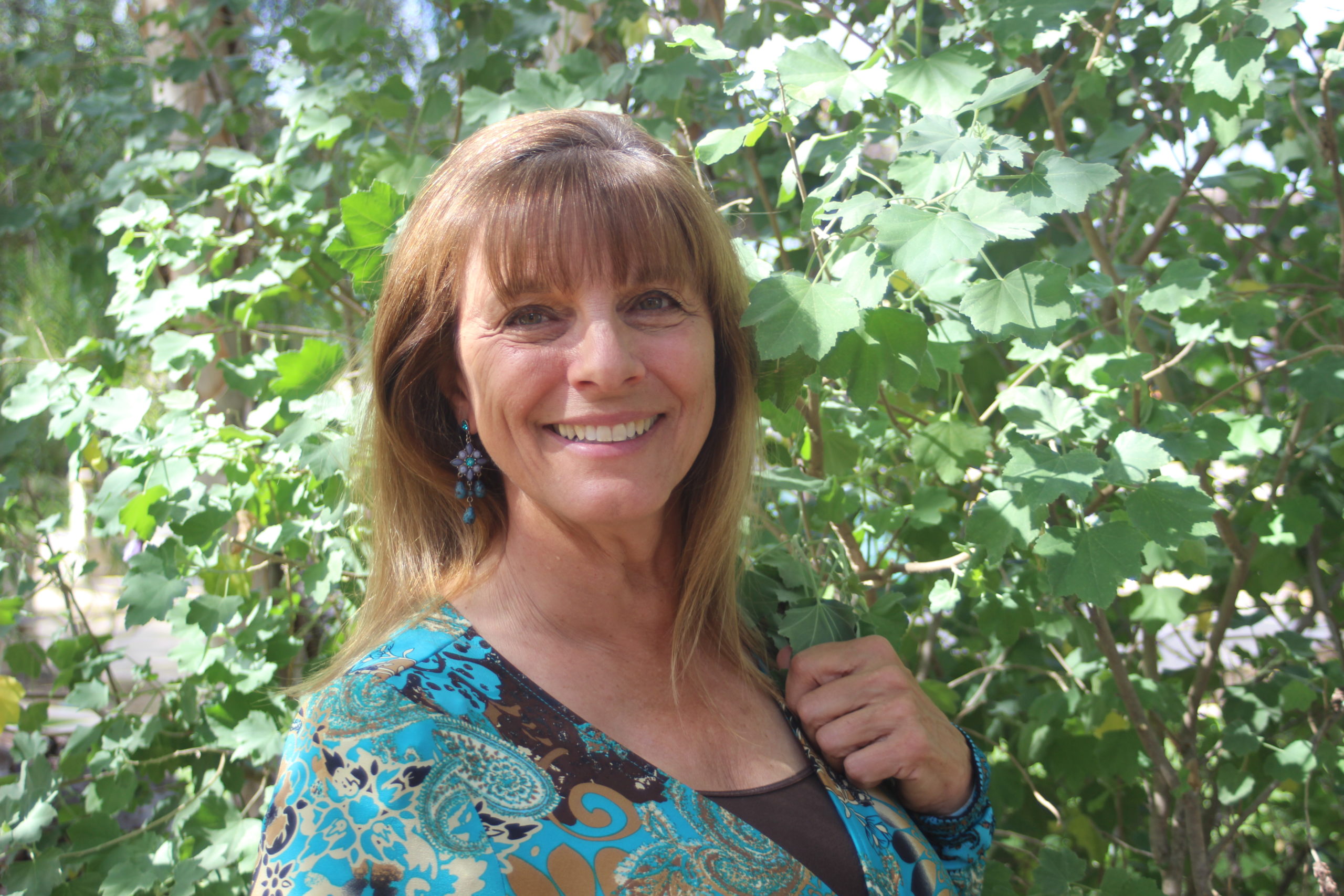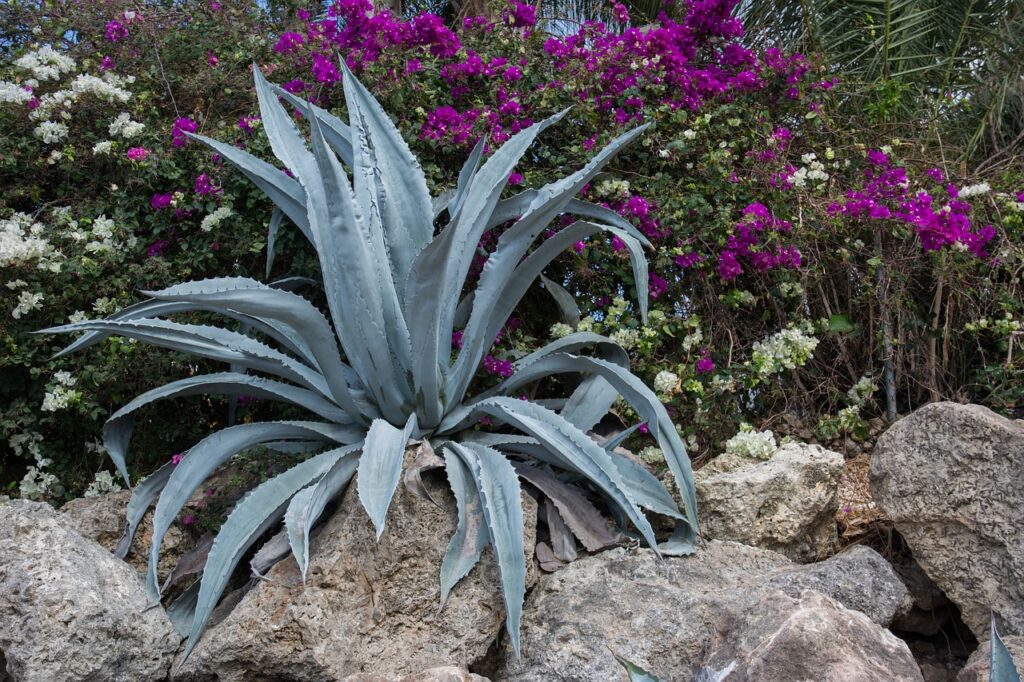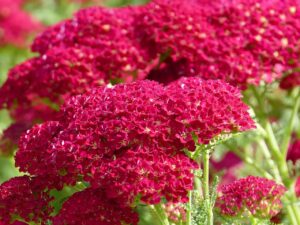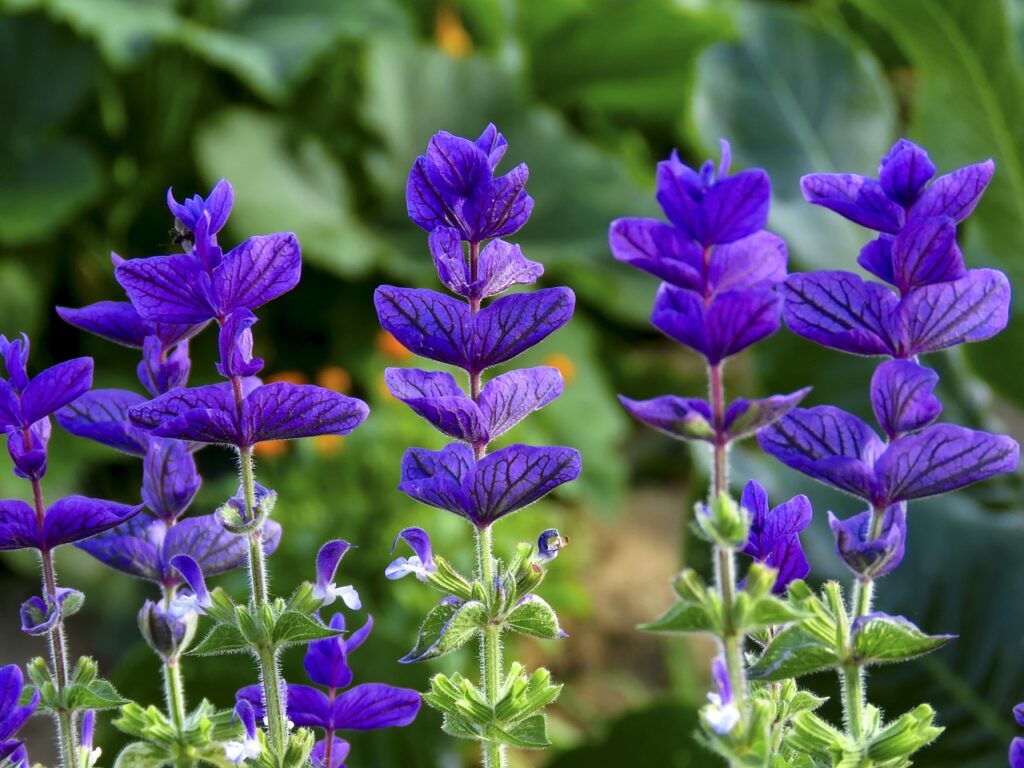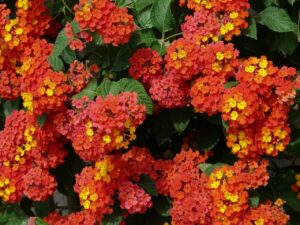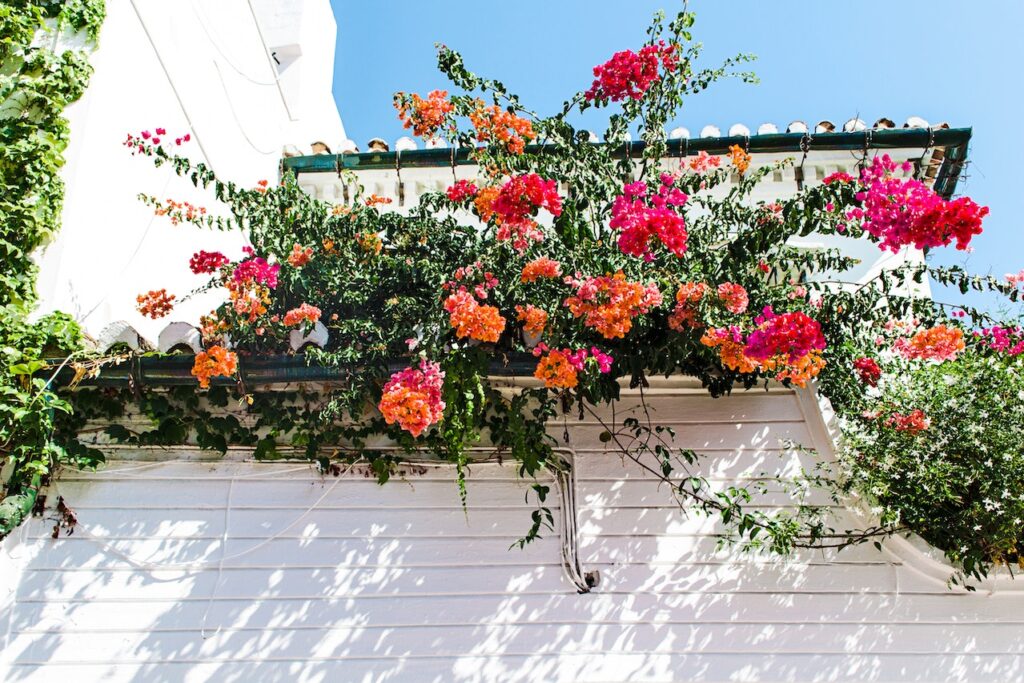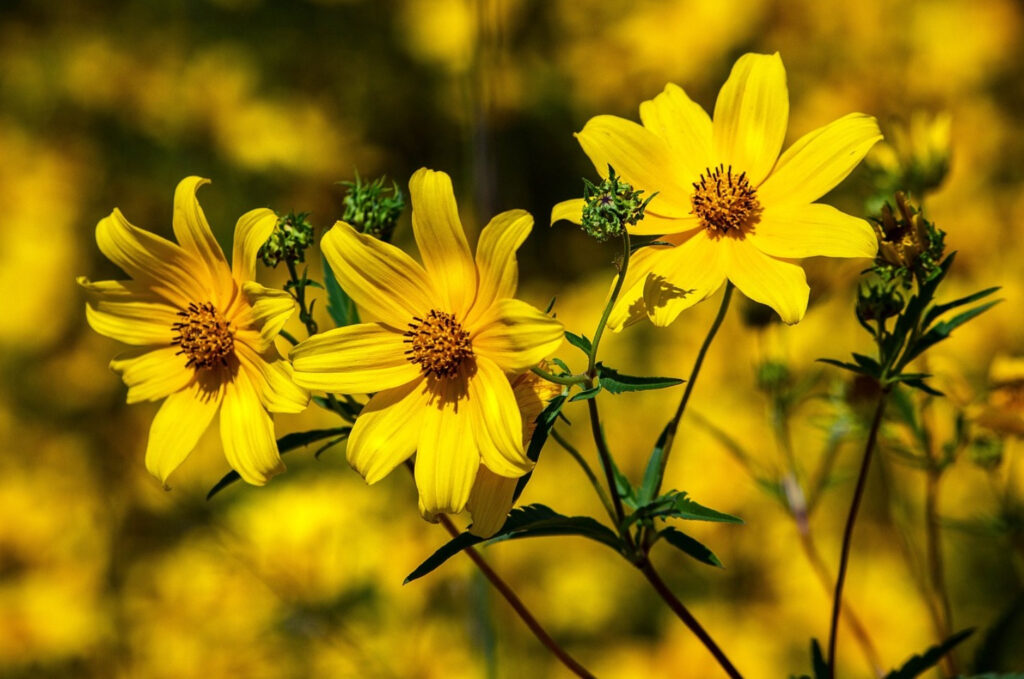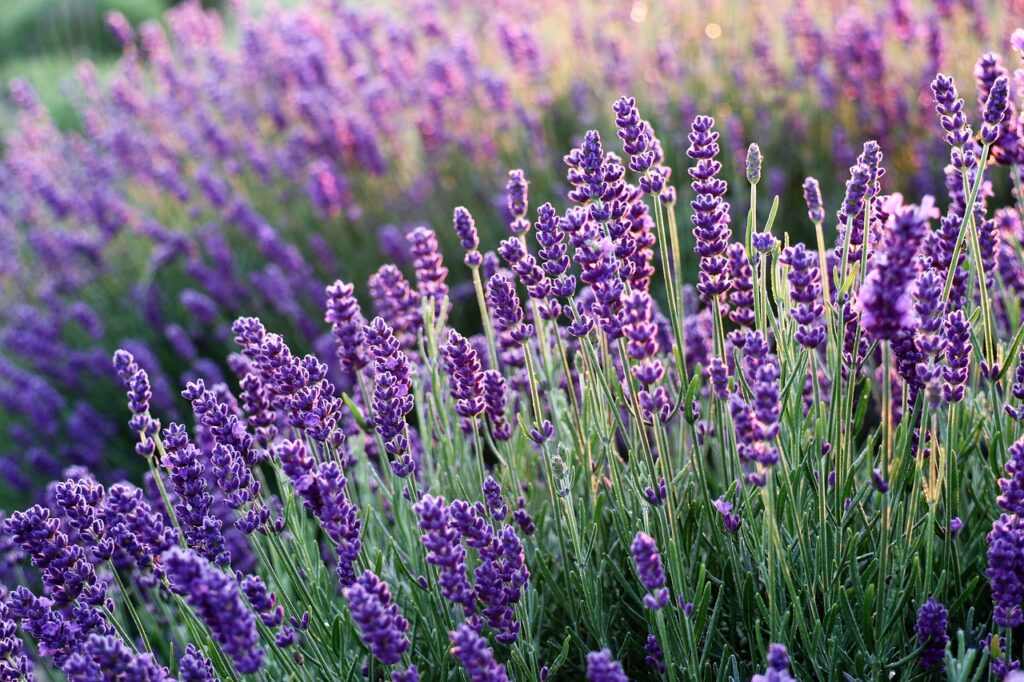Simply put, a microclimate is the climate of a small area that differs from its surrounding climate. Regarding landscaping, a microclimate could be created buy a change in the sun exposure, air, humidity, soil, wind, and even reflected heat.
An example would be an area around your home that receives full shade. This area typically will be cooler. Moisture in the soil will not dry out as quickly. This area is likely to require less water than other areas in your landscape that receive more sun.
Oftentimes a west facing wall might become hot from the sun. This heat is reflected outward, and if there is a plant or a vine against this wall, the heat reflects onto the plant. Some plants can tolerate this extra heat and some cannot. So, it’s important for you to understand microclimates to choose the best location for your plants to thrive.
With this awareness of microclimates when deciding on the plants you want to place in your drought tolerant garden, be sure to assess your landscape and identify the areas that reflect heat, full sun, part sun, full shade, and part shade.
When shopping at a local nursery, you will find identifying labels that let you know the sun exposure each plant requires. If you do not find these labels on the plants, please ask for an assistant. The assistant should be able to tell you exactly the sun exposure the plant needs.
